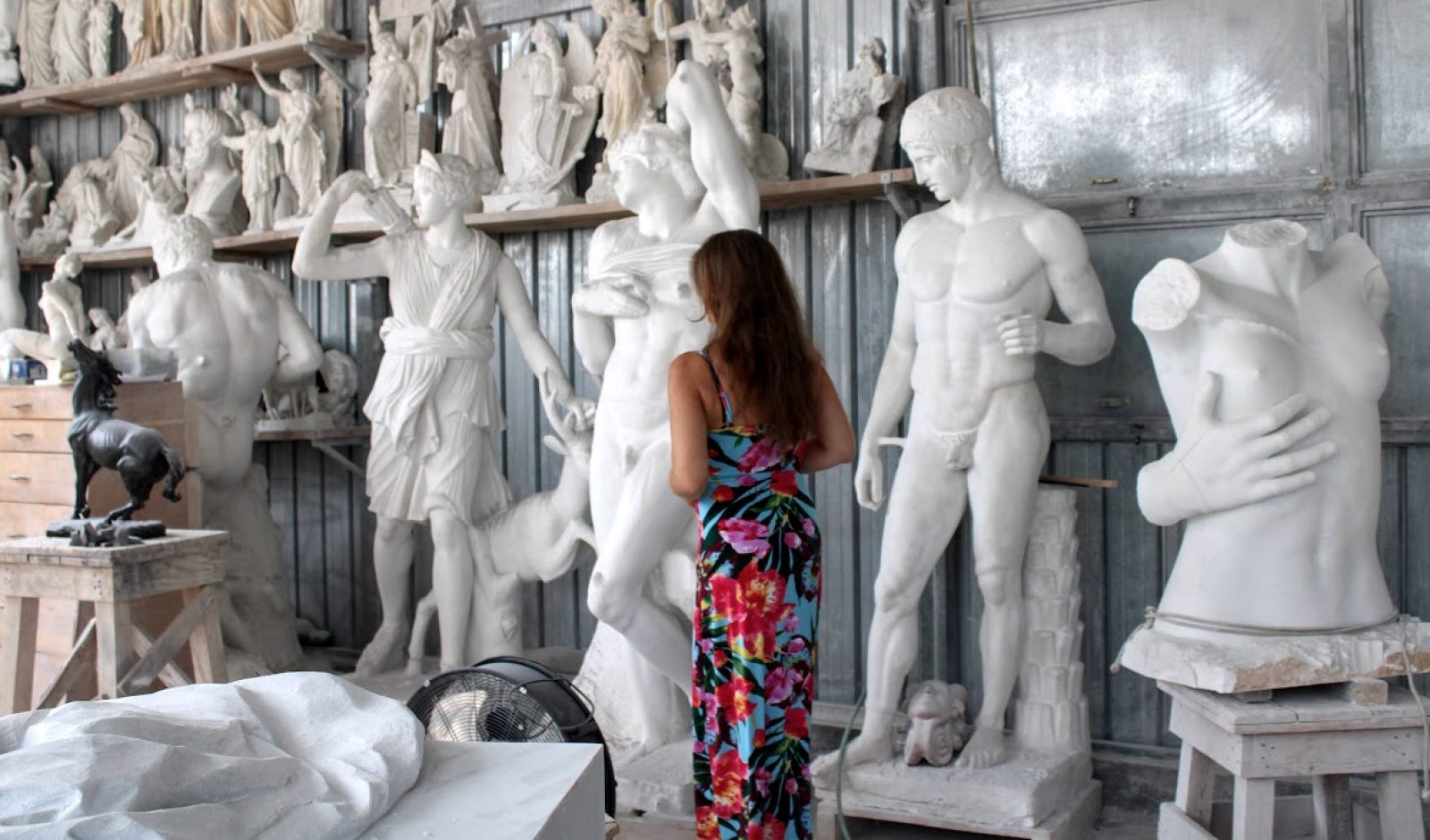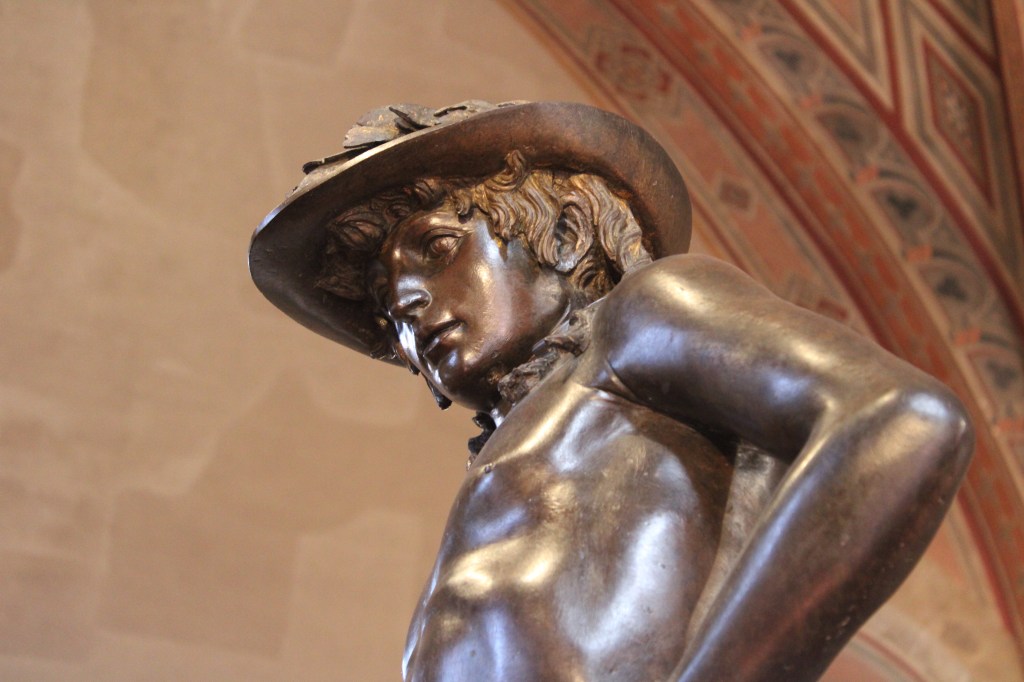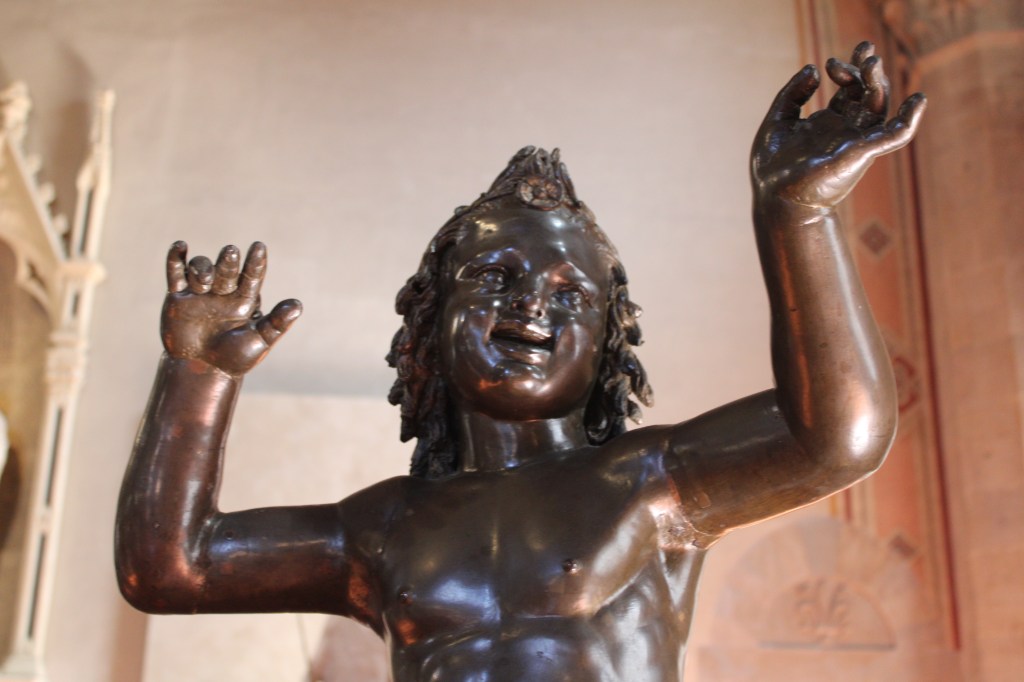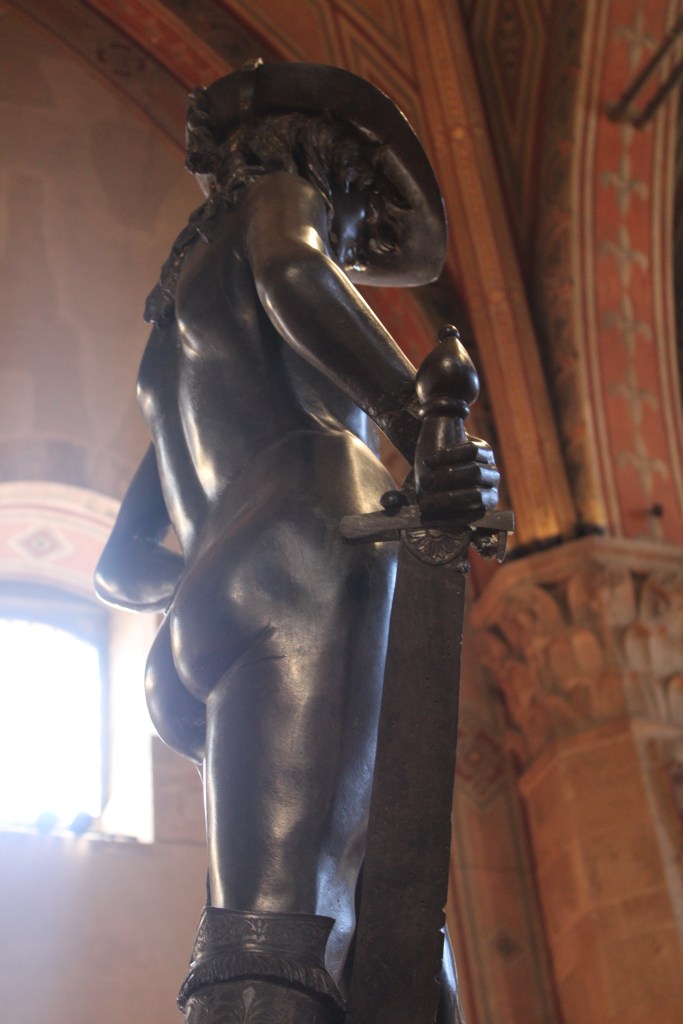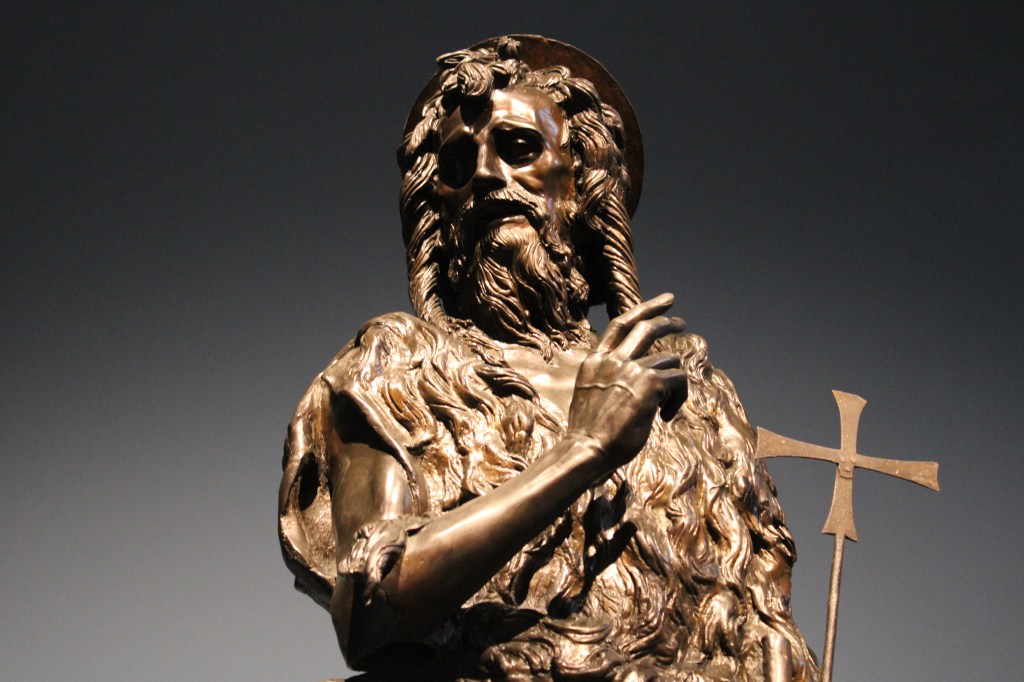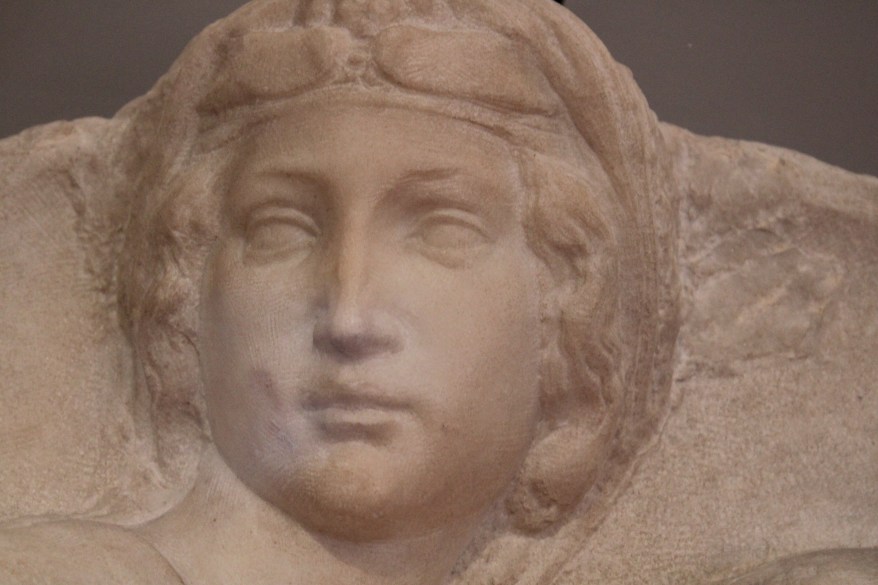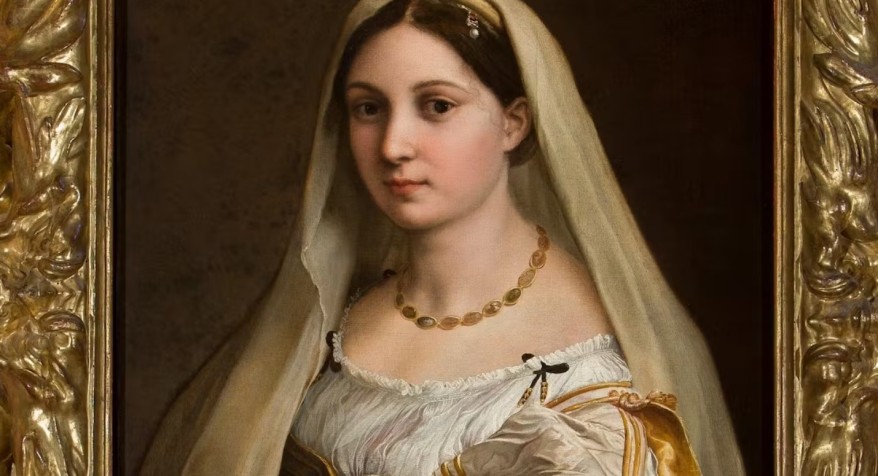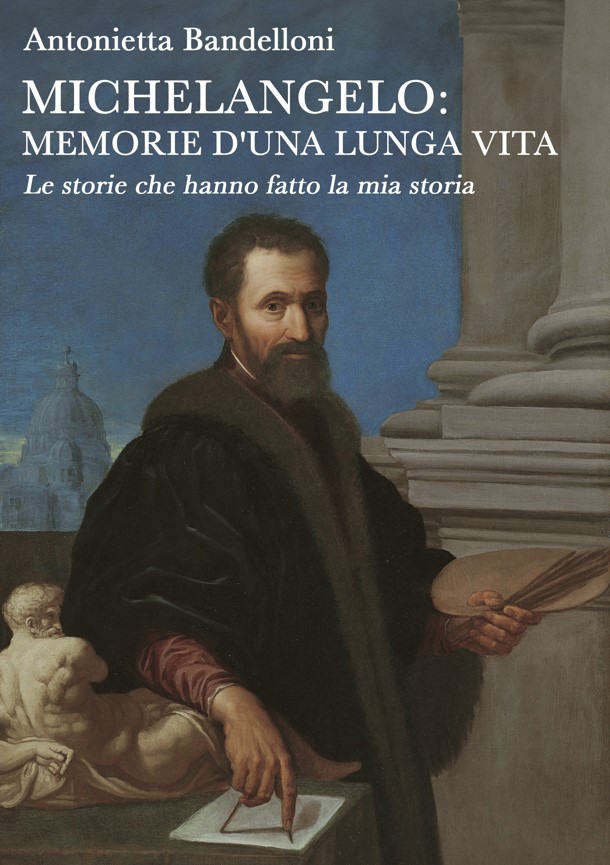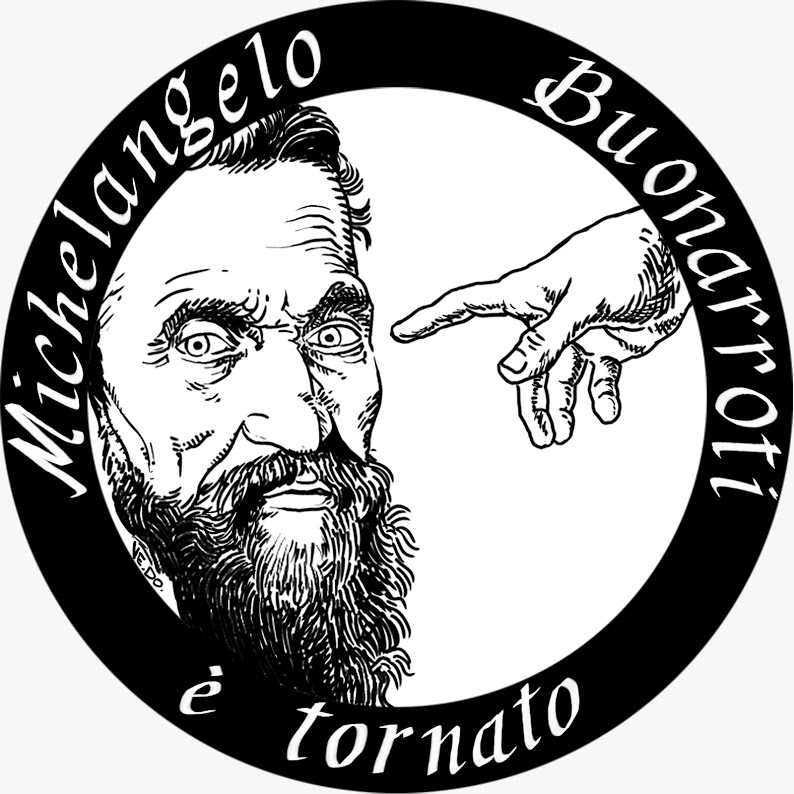13 dicembre 1466: muore Donatello a ottant’anni
Il 13 dicembre del 1466, giorno dedicato a Santa Lucia, Donatello morì a Firenze lasciando in eredità ai posteri capolavori assoluti.
Donato di Niccolò di Betto Bardi, chiamato da tutti Donatello, era nato nel 1368 nella stessa città che lo vide chiudere gli occhi per l’ultima volta.
Considerato a ragione il padre del Rinascimento, fu eccellente scultore e fece scuola a tutti quelli che vennero dopo, me compreso, ma è necessario ricordare che si distinse anche nell’arte dell’oreficeria, della fusione del bronzo e del disegno.
Non scolpiva con maestria solo il marmo ma anche la pietra serena e il legno. Celebri sono le sue fusioni in bronzo come gli straordinari pulpiti della Passione e della Resurrezione che si trovano all’interno del Duomo di San Lorenzo, restaurati da non molti anni e il David a tutto tondo, oggi custodito in uno dei musei più belli del mondo: il Bargello.
Donatello lavorò anche ai disegni per alcune delle vetrate tutt’oggi visibili nella chiesa di Santa Maria del Fiore e per la grande vetrata del tamburo della cupola che ha un diametro di 480 cm.
Il progetto risale al 1434-1437 circa e ha come soggetto l’Incoronazione della Vergine

«Donato fiorentino, detto Donatello, scultore da esser numerato tra li antichi, mirabile cierto in compositione el in varietà, pronto et con grande vivacità nello ordine, e nel situare le fiure, le quali tutte paiono in moto. Fu grande imitatore degli antichi, et di prospettive: fecie moltissime opere in Firenze, et altrove
Donato Billi
Fra le opere più note di Donatello in tutto il mondo c’è sicuramente il David in bronzo risalente al 1440. Gli venne commissionato da Cosimo de’ Medici probabilmente per il cortile di Palazzo Medici: un capolavoro assoluto.
La prima fonte storica che segnala da qualche parte la presenza di questo David in bronzo è del 1469. In quel frangente l’opera si trovava nel cortile di Palazzo Medici in occasione delle nozze di Lorenzo il Magnifico con Clarice Orsini.
Il David era stato sistemato su una colonna di marmi policromi che alla base era stata decorata con arpie e foglie. La colonna era stata realizzata da Desiderio da Settignano ma purtroppo è andata perduta chissà come e chissà quando.
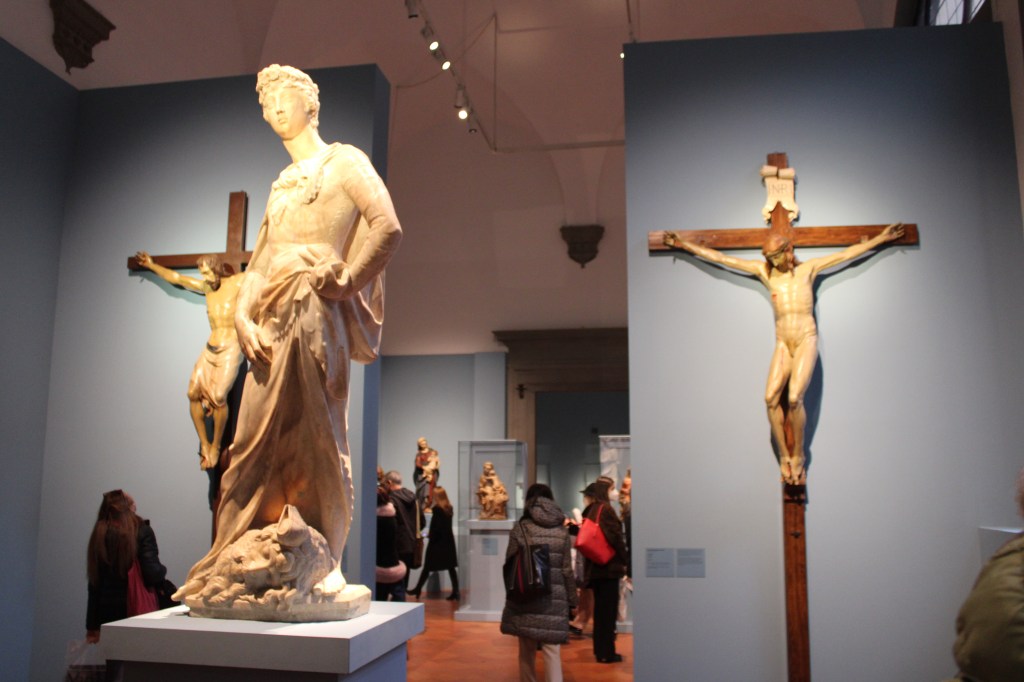
Il David di Donatello oggi si trova al Museo Nazionale del Bargello, assieme al David scolpito nel marmo, un’opera precedente realizzata fra il 1408 e il 1409.
“Donato si morì il dì 13 dicembre 1466, e fu sotterrato nella chiesa di San Lorenzo vicino alla sepoltura di Cosimo, come egli stesso aveva ordinato, a cagione che così gli fusse vicino il corpo già morto, come vivo sempre gliera stato presso con l’animo”.
Dalle Vite del Vasari
Donatello morì solo due anni dopo Cosimo il Vecchio e fu sepolto proprio per volere del padre della patria nei sotterranei della Basilica di San Lorenzo.
Oggi nella cripta della basilica c’è una lapide che fu posta in loco dall’Elettrice Palatina, Anna Maria Luisa de’ Medici e reca questa iscrizione: “Qui e’ sepolto Donatello, celeberrimo per aver ristabilito l’antica arte di scolpire e cesellare, carissimo ai principi medicei sommi patroni delle arti liberali i quali, come da vivo lo riverirono, anche da morto gli eressero un sepolcro in un luogo prossimo a loro.”
Il libro
Uno dei migliori libri che possiate trovare dedicato a Donatello è la grande monografia edita in occasione della grande mostra “Donatello. Il Rinascimento” allestita a Palazzo Strozzi e al Museo Nazionale del Bargello.
Il volume, a cura di Francesco Caglioti con testi dello stesso Caglioti, Laura Cavazzini, Aldo Galli e Neville Rowley è assai corposo e consente di conoscere a fondo il grande artista e le sue opere. Lo trovate QUA.
Per il momento il vostro Michelangelo Buonarroti vi saluta dandovi appuntamento ai prossimi post e sui social.

Sostienici – Support Us
Se questo blog ti piace e ti appassiona, puoi aiutarci a farlo crescere sempre più sostenendoci in modo concreto condividendo i post, seguendo le pagine social e con un contributo che ci aiuta ad andare avanti con il nostro lavoro di divulgazione. . ENGLISH: If you like and are passionate about this blog, you can help us make it grow more and more by supporting us in a concrete way by sharing posts, following social pages and with a contribution that helps us to move forward with our dissemination work.
8,00 €
13 December 1466: Donatello dies at the age of eighty
On 13 December 1466, the day dedicated to Saint Lucia, Donatello died in Florence, leaving a legacy of absolute masterpieces to posterity.
Donato di Niccolò di Betto Bardi, called Donatello by all, was born in 1368 in the same city that saw him close his eyes for the last time.
Rightly considered the father of the Renaissance, he was an excellent sculptor and taught all those who came after, including me, but it is necessary to remember that he also distinguished himself in the art of goldsmithing, bronze casting and drawing.
He not only masterfully sculpted marble but also pietra serena and wood. His bronze castings are famous, such as the extraordinary pulpits of the Passion and Resurrection found inside the Cathedral of San Lorenzo, restored not many years ago, and the all-round David, now kept in one of the most beautiful museums in the world. : the Bargello.
Donatello also worked on the designs for some of the stained glass windows still visible today in the church of Santa Maria del Fiore and for the large stained glass window in the dome’s drum which has a diameter of 480 cm.
The project dates back to around 1434-1437 and has as its subject the Coronation of the Virgin.
«Donato the Florentine, known as Donatello, a sculptor to be numbered among the ancients, certainly admirable in composition and variety, prompt and with great liveliness in the order and in placing the flowers, all of which appear to be in motion. He was a great imitator of the ancients , and of perspectives: he made many works in Florence, and elsewhere
Donato Billi
Among Donatello’s best-known works throughout the world there is certainly the bronze David dating back to 1440. It was commissioned by Cosimo de’ Medici probably for the courtyard of Palazzo Medici: an absolute masterpiece.
The first historical source that somewhere reports the presence of this bronze David dates back to 1469. At that time the work was in the courtyard of Palazzo Medici on the occasion of the wedding of Lorenzo the Magnificent with Clarice Orsini.
David had been placed on a column of polychrome marble which had been decorated at the base with harpies and leaves. The column was created by Desiderio da Settignano but unfortunately it was lost who knows how and who knows when.
Donatello’s David is now in the Bargello National Museum, together with the David carved in marble, a previous work created between 1408 and 1409.
“Donato died on December 13, 1466, and was buried in the church of San Lorenzo near Cosimo’s tomb, as he himself had ordered, so that the already dead body would be close to him, as alive it had always been close to him with the ‘soul’.
From Vasari’s Lives
Donatello died only two years after Cosimo the Elder and was buried at the behest of the father of his country in the basement of the Basilica of San Lorenzo.
Today in the crypt of the basilica there is a plaque that was placed on site by the Electress Palatine, Anna Maria Luisa de’ Medici and bears this inscription: “Donatello is buried here, famous for having re-established the ancient art of sculpting and chiseling , very dear to the Medici princes, supreme patrons of the liberal arts, who, as they revered him while he was alive, also erected a tomb for him in his death in a place close to them.”
The book
One of the best books you can find dedicated to Donatello is the great monograph published on the occasion of the great exhibition “Donatello. The Renaissance“ set up at Palazzo Strozzi and at the Bargello National Museum.
The volume, edited by Francesco Caglioti with texts by Caglioti himself, Laura Cavazzini, Aldo Galli and Neville Rowley, is very substantial and allows you to get to know the great artist and his works in depth. You can find it HERE.
For the moment, your Michelangelo Buonarroti greets you and will meet you in future posts and on social media.

Sostienici – Support Us
Se questo blog ti piace e ti appassiona, puoi aiutarci a farlo crescere sempre più sostenendoci in modo concreto condividendo i post, seguendo le pagine social e con un contributo che ci aiuta ad andare avanti con il nostro lavoro di divulgazione. . ENGLISH: If you like and are passionate about this blog, you can help us make it grow more and more by supporting us in a concrete way by sharing posts, following social pages and with a contribution that helps us to move forward with our dissemination work.
8,00 €
-
La Velata di Raffaello: la sua opulenza e quel gioiello fra i capelli, dalla parte del cuore
🇮🇹Il dipinto del giorno che vi propongo oggi è la Velata Raffaello, il capolavoro dell’artista urbinate realizzato attorno al 1515. Vi siete mai domandati che significato abbia il gioiello che porta sul capo?… 🇬🇧The painting of the day that I propose to you today is the Velata Raffaello, the masterpiece of the artist from Urbino…
-
Alberto Angela torna a Pompei
Alberto Angela torna a Pompei per raccontare al grande pubblico le nuove scoperte fatte dagli archeologi negli ultimi mesi…
